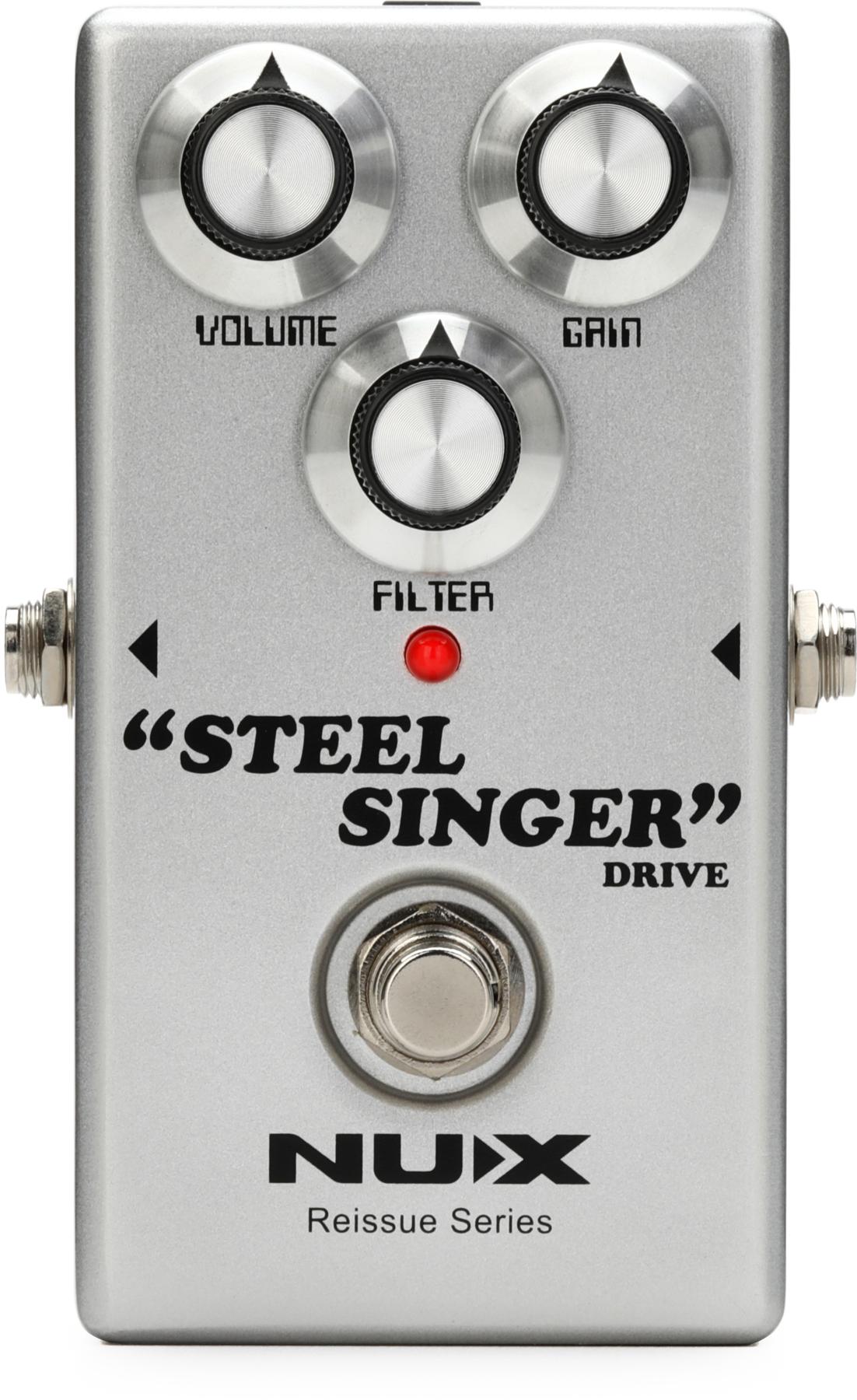Last time (“More Sounds from Fewer Pedals,” April 2015) I suggested that people try using fewer redundant overdrive pedals. While a few who really value the visual symmetry of their pedalboards got their noses out of joint, most took it pretty well. Some had some useful suggestions and reminders (a treble bypass network on the potentiometer and/or ’50s Gibson wiring can help you use your volume knob as a gain control), so thank you!
Meanwhile, many readers interpreted the column as a call to arms. Fewer pedals! Less technology! More real tones! Let’s get back to authenticity! I totally get where they’re coming from. When you see some green-banana players show up for an open mic with pedalboards large enough to serve an extended family brunch, you’re entitled to gasp, guffaw—maybe even chortle. When said offenders then serve up nothing tastier than some anodyne preset swells that wouldn’t qualify for James Calvin Wilsey’s discard pile, it’s enough to send even the most open-minded into a snarky fit of nostalgic machismo, followed by weeks of playing nothing but Exile on Main St. riffs without even a tuner at soundchecks and rehearsals.
“Real” rock reality check. Sadly, my “real rocker” friends, this is the part where I cannot be your Bono at the US Festival, marching with your flag during the snare break and planting it stage center at Red Rocks. The reason? The idea of pure, natural, authentic, or more “real” guitar tones is a farce. Once you’ve plugged in, you’re basically making electronic music. The sooner you come to grips with that idea, the sooner you’ll feel free, accountable for your musical decisions, and comfortable in your skin.
Like Emperor Palpatine or Tucker Carlson, I can feel your anger through the page. “Electronic music?! That’s the realm of dudes who wear stupid helmets on stage, adult film ‘actresses’ posing as DJs, and Moby! How dare you compare my (insert favorite genre) to that garbage?”
tones is a farce.
To which I say, “Careful with that axe, Eugene! Nobody’s comparing anyone to Moby here. I’ve funded my gear habit in the food-service industry too, and heard my share of Play on nonstop repeat during a shift.”
The long journey from pick to ear. Still, the idea of more “real” or “natural” guitar tones is a bit of a willful fantasy. Let’s consider your favorite “raw” recorded electric guitar tone. Imagine your hero plucking the strings with a plectrum made from some petroleum distillate. (Oh I get it—you’re a Jeff Beck fan. Fine. His thumb and fingers then. May we continue?) The nickel/steel string vibrations disturb a magnetic field created by thousands of copper winds around magnetically charged material, an inductor that converts this disruption into alternating current that negotiates a voltage divider and a low-pass filter to arrive at the guitar’s output jack. From there, it continues through a length of stranded copper and shielding, weathering fidelity-compromising capacitance before arriving at the input of the guitar amplifier. From there, the signal navigates multiple gain stages, tone stacks, possibly some phase inversion, decoupling caps, and Ken Fischer knows what else before finally getting the Six Million Dollar Man treatment: juiced up enough to move paper cones back and forth with sufficient force to create audible waves and sound pressure.
By then, we’re maybe a quarter of the way through this journey. Next, a microphone capsule senses this pressure, converts it to another signal that runs through various preamps, compressors, recording console circuitry, and outboard gear, then onto the tape machine or digital audio workstation, where it is subjected to the bandwidth limitations and frequency response of the media, and that’s before we get to the sonic airbrushing that takes place during mix and mastering.
Not how, but why? Before I fall asleep typing anything further about the balls-to-ovary conception story of your favorite tones, does any of that sound like anything that would occur in nature? I’m not telling you to throw in the towel on caring about your gear choices—far from it. Instead, ask yourself some tough questions: Have you thought about why you think of some tones as more “real” than others? With the arc of human expression and musical technology spanning thousands of years, is drawing a line at the 1970s, the 1950s, or whatever your favored era of guitar technology is, an arbitrary decision, maybe even the splitting of hairs? Are your choices about what you honestly enjoy and what you want to express sonically and musically? Or have you just bought into someone else’s idea of “authenticity,” one that might be holding you back?
Now, I did promise last column that I’d share some ideas as to what you might use in the pedalboard space you’ve freed up by parting with redundant devices. But as Arnold Schwarzenegger said in Commando (also known as The Greatest Story Ever Told): “You remember when I promised I’d kill you last? I lied.” So in the meantime, take some of the money you made from selling extra overdrives you don’t use anymore and treat yourself to an expensive sandwich. I recommend anything with pesto as a condiment.


























